


PrivyTrips Blog
Navigate the Skies with Premium Travel Insights

Istanbul: The World’s Most Connected Airport in 2024
Aug 21, 2024Istanbul Airport (IST) has solidified its position as the world’s most connected airport in 2024, a testament to its growing significance in global aviation. This achievement reflects the airport’s strategic location, advanced infrastructure, and the rapid expansion of Turkish Airlines, which has become the airline serving most countries worldwide.
The Rise of Istanbul as a Global Hub
Istanbul's ascension to the top spot is not just about numbers; it reflects how global travel patterns evolve. Located at the intersection of Europe, Asia, and the Middle East, Istanbul serves as a bridge between continents, making it an ideal transit point for international travelers. The airport offers direct flights to 309 destinations, outpacing other major hubs like Frankfurt (296 destinations) and Paris Charles de Gaulle (282 destinations).
Istanbul Airport's success can also be attributed to its state-of-the-art infrastructure. Since its opening in 2018, the airport has been designed to handle over 200 million passengers annually at total capacity. This has attracted many airlines and routes, further bolstering its connectivity.
Global Connectivity: A Shift in Dynamics
The ranking of the most connected airports for 2024 reveals a shift in global connectivity dynamics. Traditionally, dominant hubs such as New York (JFK) and Tokyo (NRT) did not make the top 20 list, signaling a redistribution of global travel flows. European airports dominate the list, with 10 out of the top 20 spots, reflecting the continent’s dense network of intra-European and long-haul flights. The U.S. and China each have four airports in the top 20, highlighting their large domestic markets and growing international reach.
Interestingly, London Heathrow, once a leader in global connectivity, has dropped to 12th place, with 221 destinations. This decline is partly due to capacity constraints and rising competition from other European hubs like Amsterdam Schiphol and Rome Fiumicino, which have managed to maintain or improve their rankings.
Middle Eastern and Asian Influence
The Middle East continues to play a significant role in global aviation, with Dubai International (DXB) and Jeddah (JED) being the two most connected airports in the region. These airports serve as significant gateways between East and West, benefiting from the strategic positioning and the rise of airlines like Emirates and Saudi Arabian Airlines.
China’s presence in the top 20 also underscores the country’s growing influence in global air travel. With four airports—Beijing Capital, Shanghai Pudong, Guangzhou Baiyun, and Chengdu Shuangliu—China is increasingly becoming a central player in connecting East Asia with the rest of the world.
Implications for the Future
Istanbul’s position as the most connected airport in the world has significant implications for both passengers and airlines. For travelers, Istanbul offers a vast array of direct flights, making it a convenient stopover or final destination. For airlines, it represents an opportunity to tap into new markets and routes increasingly centered around non-traditional hubs.
Competing airports, particularly in the U.S. and Europe, need to adapt. Enhancing infrastructure, expanding route networks, and improving operational efficiencies will be crucial to maintaining their relevance in the face of Istanbul’s rapid rise.
Top 10 Most Connected Airports in 2024
1. Istanbul Airport (IST)
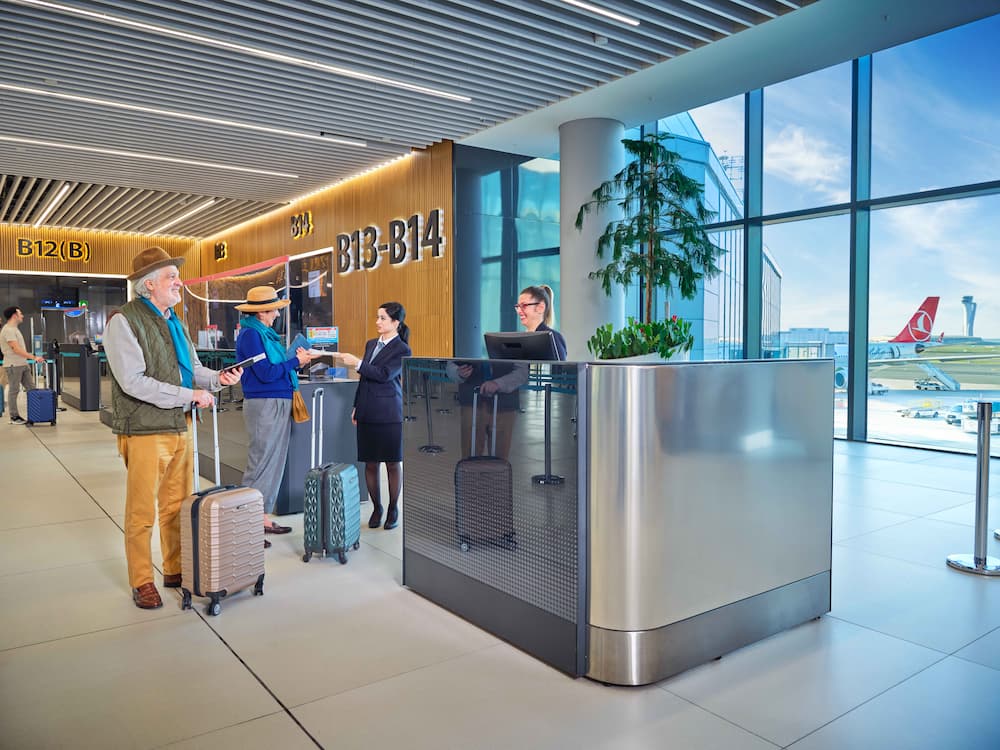
- IATA Code: IST
- Runways: 4
- Opened: 2018
- Ownership: Operated by İGA (Istanbul Grand Airport) under a 25-year concession agreement with the Turkish government.
- Annual Passengers: Approximately 75 million (2023)
- Airlines: Turkish Airlines (primary hub), Pegasus Airlines
Istanbul’s rapid growth as a hub is mainly due to its geographical advantage, connecting flights between Europe, Asia, and Africa. The airport’s cutting-edge facilities and substantial capacity make it an attractive option for global travelers. With its four runways, extensive terminal space, and future expansion plans, IST is well-positioned to continue its dominance. Turkish Airlines, the primary carrier at IST, has leveraged this connectivity to become a leader in global aviation, further enhancing the airport's status.
2. Frankfurt Airport (FRA)
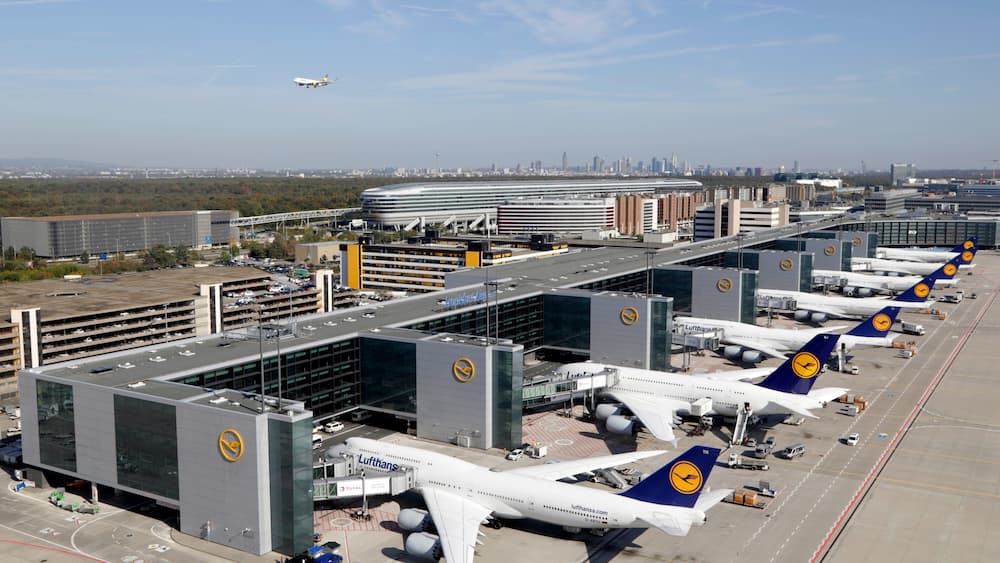
- IATA Code: FRA
- Runways: 4
- Opened: 1936
- Ownership: Operated by Fraport AG, majority-owned by the State of Hesse and the City of Frankfurt.
- Annual Passengers: Approximately 70 million (2023)
- Airlines: Lufthansa (primary hub), Condor
Frankfurt Airport remains a cornerstone of European aviation, primarily serving as the main hub for Lufthansa. Its strategic location in central Europe makes it an ideal transit point for flights across the continent and beyond. With four runways and extensive cargo facilities, Frankfurt is one of the world's leading cargo hubs, complementing its passenger services. The airport's consistent ranking among the top connected airports highlights its role as a critical node in global air travel.
3. Paris Charles de Gaulle Airport (CDG)
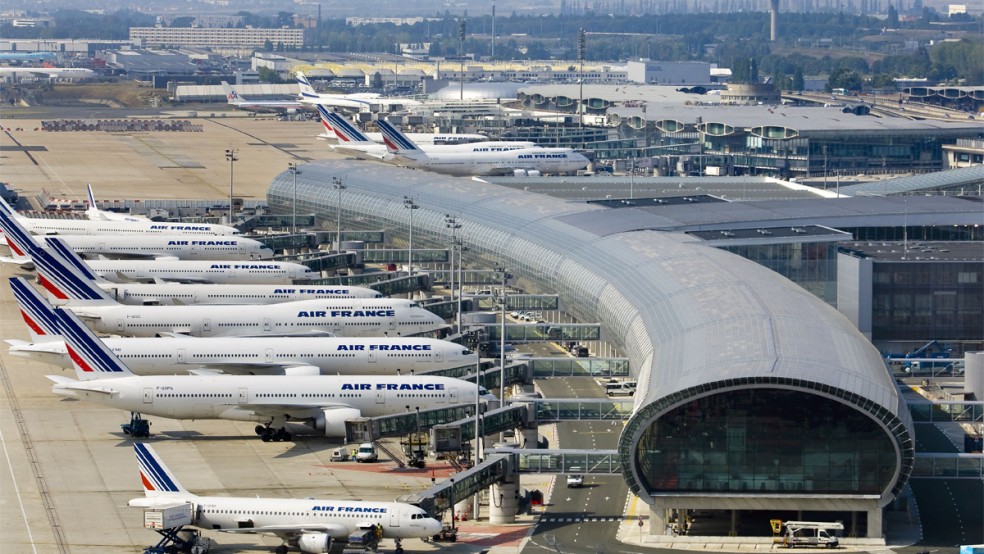
- IATA Code: CDG
- Runways: 4
- Opened: 1974
- Ownership: Operated by Groupe ADP (Aéroports de Paris).
- Annual Passengers: Approximately 72 million (2023)
- Airlines: Air France (primary hub), Delta Air Lines
Paris Charles de Gaulle (CDG) is France's premier international gateway and one of Europe's busiest airports. As the primary hub for Air France, CDG connects passengers to numerous global destinations, particularly to Africa and North America. The airport's four runways and modern terminals are designed to handle high traffic volumes efficiently. CDG's proximity to Paris and its role in connecting Europe with other continents solidify its position as a leading global hub.
4. Amsterdam Schiphol Airport (AMS)

- IATA Code: AMS
- Runways: 6
- Opened: 1916
- Ownership: Operated by Royal Schiphol Group, partially owned by the Dutch government.
- Annual Passengers: Approximately 68 million (2023)
- Airlines: KLM (primary hub), Delta Air Lines
Amsterdam Schiphol Airport is known for its efficient operations and innovative services. With six runways, it is one of the most operationally flexible airports in the world. Schiphol is the central hub for KLM and is critical in connecting Europe to North America and Asia. The airport's focus on sustainability and passenger experience has also made it a leader in airport innovation, further enhancing its connectivity and appeal as a central European hub.
5. Chicago O'Hare International Airport (ORD)
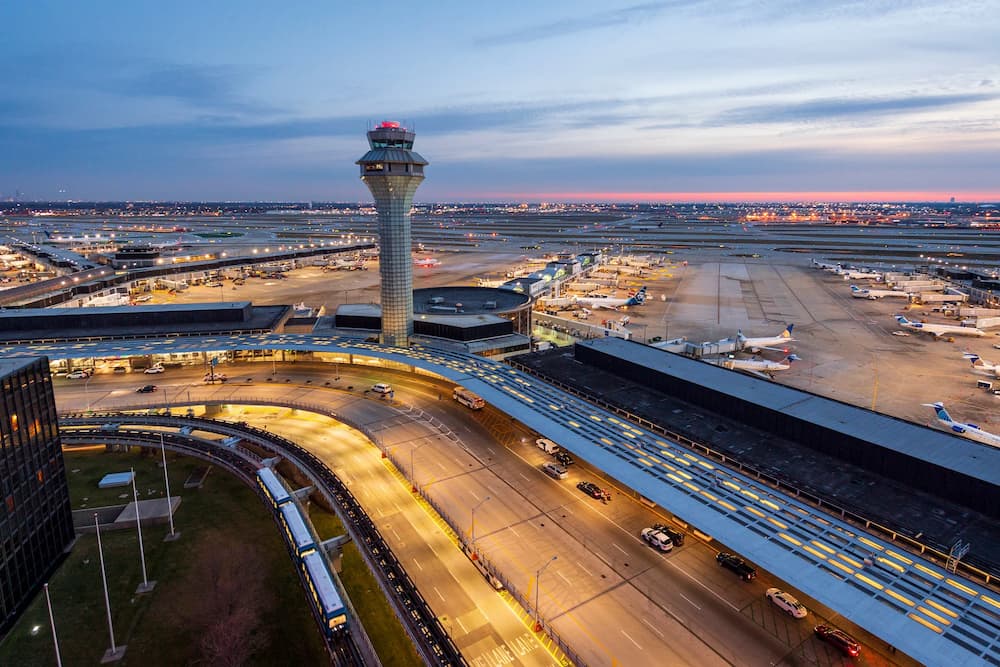
- IATA Code: ORD
- Runways: 8
- Opened: 1955
- Ownership: Operated by the Chicago Department of Aviation.
- Annual Passengers: Approximately 83 million (2023)
- Airlines: United Airlines (primary hub), American Airlines
Chicago O'Hare is a central hub in the United States, serving as a critical connection point between the East and West coasts and between North America and the rest of the world. With eight runways, it boasts the highest number of runways of any airport globally, allowing for efficient handling of passenger and cargo flights. United Airlines and American Airlines use O'Hare as a significant hub, contributing to its high connectivity ranking.
6. Dubai International Airport (DXB)

- IATA Code: DXB
- Runways: 2
- Opened: 1960
- Ownership: Operated by Dubai Airports, owned by the Dubai government.
- Annual Passengers: Approximately 66 million (2023)
- Airlines: Emirates (primary hub), flydubai
Dubai International Airport is a critical hub for international travel, particularly for flights between Europe, Asia, and Africa. As the primary hub for Emirates, DXB connects travelers to over 240 destinations worldwide. The airport's two runways are among the busiest in the world. Despite its relatively small number of runways, DXB efficiently handles massive traffic through its modern terminals and high service standards. The airport's strategic location and robust connectivity make it a key player in global aviation.
7. Rome Fiumicino Airport (FCO)
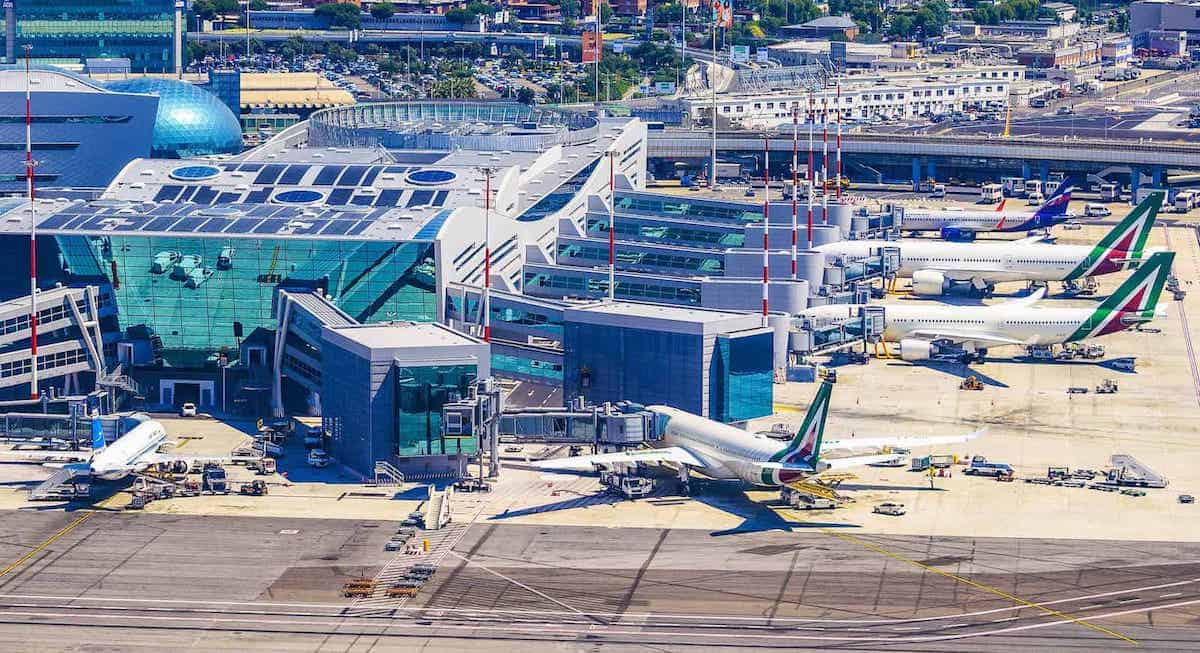
- IATA Code: FCO
- Runways: 3
- Opened: 1961
- Ownership: Operated by Aeroporti di Roma, a subsidiary of Atlantia.
- Annual Passengers: Approximately 43 million (2023)
- Airlines: ITA Airways (primary hub), Vueling
Rome Fiumicino is Italy's busiest airport and a key hub in southern Europe. The airport is the main gateway to Rome, one of the world's most visited cities, and connects Europe with Africa, the Middle East, and the Americas. Fiumicino’s three runways and ongoing infrastructure improvements have enhanced its capacity and efficiency. As the primary hub for ITA Airways, Fiumicino is crucial in connecting Italy with the rest of the world. With ongoing expansion and modernization projects, Fiumicino is well-positioned to increase its role in global air travel.
8. Beijing Capital International Airport (PEK)
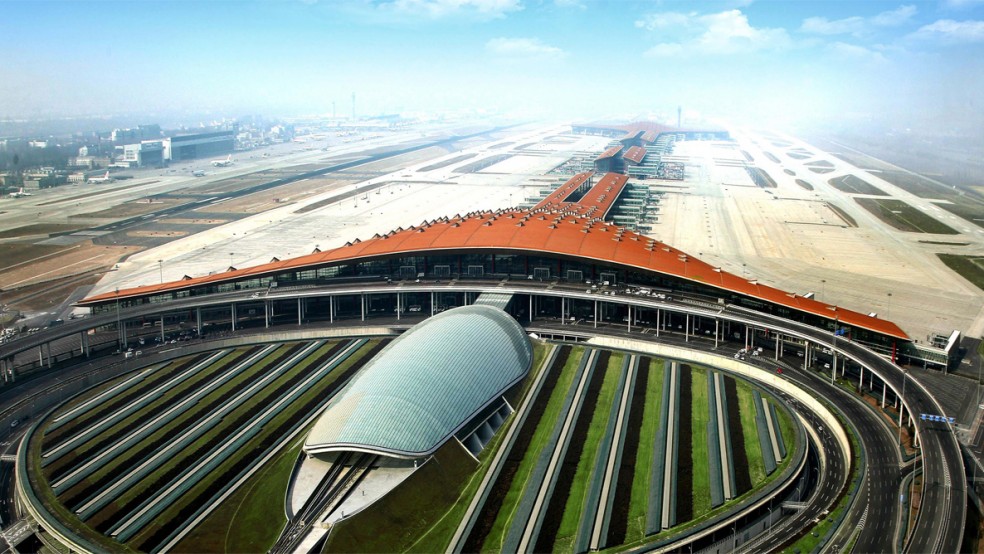
- IATA Code: PEK
- Runways: 3
- Opened: 1958
- Ownership: Operated by Beijing Capital International Airport Company Limited, partially state-owned.
- Annual Passengers: Approximately 65 million (2023)
- Airlines: Air China (primary hub), Hainan Airlines
Beijing Capital International Airport is one of the busiest airports in Asia and serves as a key gateway to China. The airport is the primary hub for Air China, which connects Beijing to major cities worldwide. PEK’s three runways and expansive terminal facilities make it capable of handling large traffic volumes, particularly on international routes. Despite the opening of Beijing Daxing Airport, PEK remains a crucial player in China’s aviation network.
9. Los Angeles International Airport (LAX)
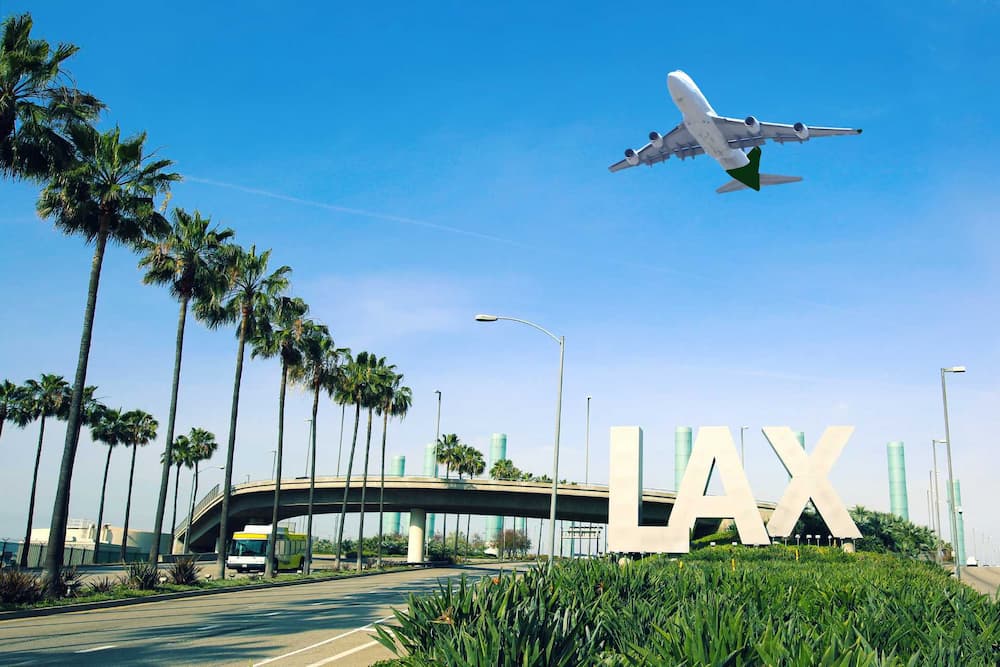
- IATA Code: LAX
- Runways: 4
- Opened: 1930
- Ownership: Operated by Los Angeles World Airports, a department of the City of Los Angeles.
- Annual Passengers: Approximately 84 million (2023)
- Airlines: American Airlines (primary hub), Delta Air Lines, United Airlines
Los Angeles International Airport is the most connected airport on the U.S. West Coast, serving as a primary gateway for flights to Asia, Oceania, and Latin America. LAX is a hub for multiple major airlines, including American Airlines and Delta Air Lines, making it a key node in the global air travel network. The airport's four runways and ongoing modernization projects ensure it can handle significant passenger traffic and expand its connectivity further.
10. Shanghai Pudong International Airport (PVG)
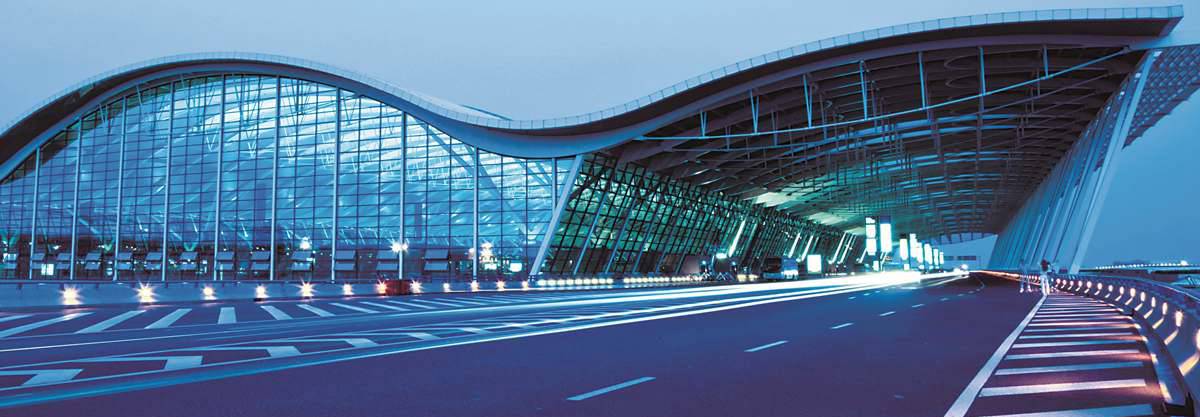
- IATA Code: PVG
- Runways: 4
- Opened: 1999
- Ownership: Operated by Shanghai Airport Authority, owned by the Shanghai government.
- Annual Passengers: Approximately 54 million (2023)
- Airlines: China Eastern Airlines (primary hub), Shanghai Airlines
Shanghai Pudong International Airport is one of China’s primary international gateways, particularly for long-haul flights. The airport's four runways and state-of-the-art facilities make it a key hub in East Asia, connecting China with Europe, North America, and Oceania. As the central hub for China Eastern Airlines, PVG is critical in facilitating China’s growing influence in global air travel. The airport’s strategic location and robust infrastructure are central to its high ranking in international connectivity.
Conclusion: The Future of Global Air Connectivity
The 2024 rankings highlight a significant shift in global air connectivity. While traditional hubs like New York and Tokyo have seen their influence wane, emerging and strategically located airports like Istanbul and Dubai are rising. This trend reflects broader changes in global travel patterns, with a growing emphasis on connecting previously underserved regions.
As Istanbul continues to build on its position as the world’s most connected airport, the landscape of global air travel is evolving rapidly. Airports that can adapt to these changes, expanding their networks and enhancing their infrastructure, will thrive in the years to come.



Subscribe to Our Newsletter
Sign up for our newsletter and be the first to know about our latest exclusive offers that you won't find online.



















